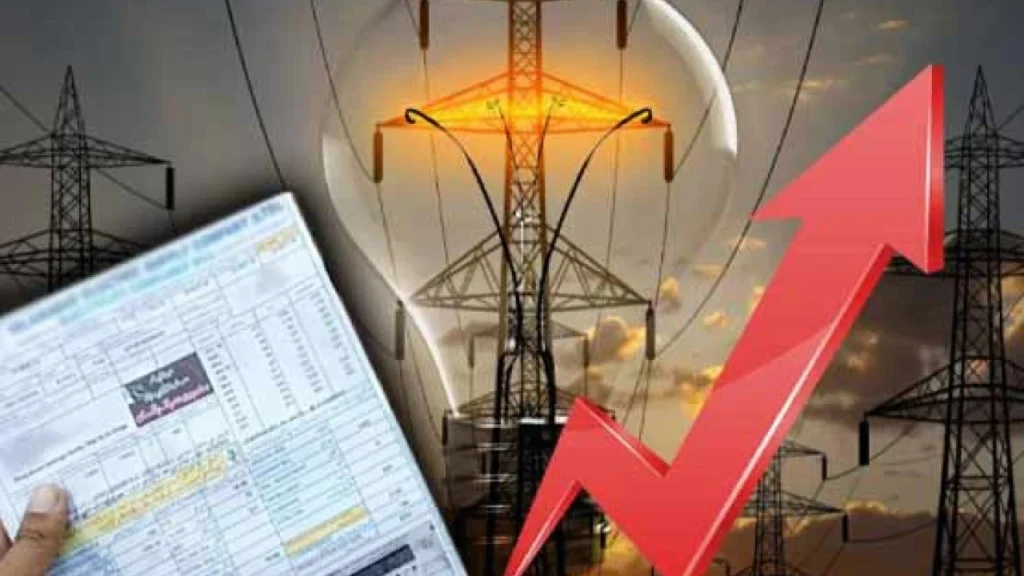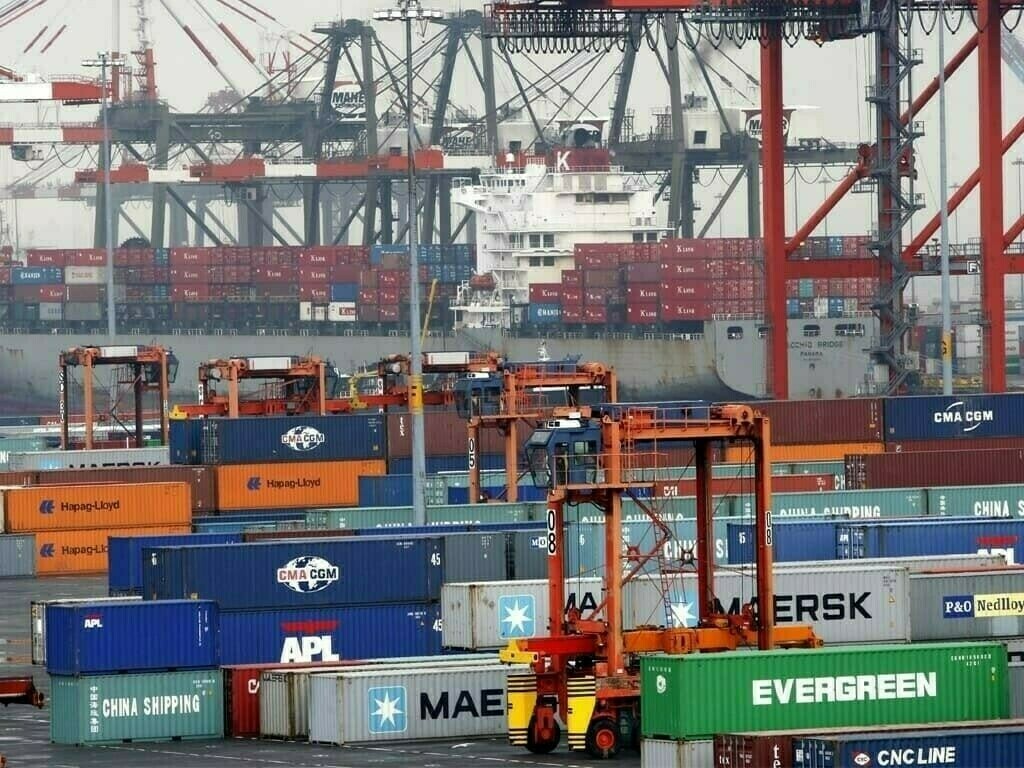The capacity repayments in Pakistan’s electricity sector have significantly outstripped energy costs over the past five years. From 2019-20 to 2023-24, capacity repayments amounted to Rs6 trillion compared to Rs5 trillion in energy costs. Projections for the current fiscal year indicate that capacity repayments will surpass Rs8 trillion from 2019-20 to 2024-25. This alarming trend highlights the burden placed on electricity consumers, who have been forced to shoulder the cost of these payments.
In the last five years, capacity charges amounted to Rs6 trillion. For the fiscal year 2024-25, capacity repayments are expected to add another Rs2.1 trillion, bringing the total to Rs8 trillion. The consumer-end tariff is composed of various elements: Energy Purchase Price (EPP), Capacity Purchase Price (CPP), Transmission and Distribution (T&D) losses, Distribution and Supplier Margin, and Prior Year Adjustment. In FY 2022, EPP constituted around 60% of the tariff, while CPP accounted for about 40%. By FY 2023, the percentage of EPP and CPP was approximately 50% each, indicating a rising trend in the share of CPP in the overall tariff.
The awarding of Independent Power Producers (IPPs) contracts has been shrouded in secrecy, often granted to select entities, leading to significant financial gains at the expense of consumers. Political figures from the PPP and PMLN parties argue that these measures were necessary to end severe load-shedding in 1994-95 and again in 2015-18, especially to attract Chinese IPPs for electricity generation. However, this approach has led to substantial capacity repayments that burden consumers.
An alternative model, successfully implemented in Bangladesh, allowed the construction of mini-grids by private individuals and companies. Excess electricity was bought and stored, creating a private sector-led market for buying and selling electricity. The government only regulated the sector without direct intervention. Had Pakistan adopted a similar model, the issue of overwhelming capacity repayments might not have arisen.
Official data reveals the extent of capacity repayments, which totaled over Rs6 trillion in the past five years: Rs856 billion in 2019-20, Rs796 billion in 2020-21, Rs971 billion in 2021-22, Rs1,321 billion in 2022-23, and Rs2,112 billion in 2023-24. Meanwhile, consumers paid Rs5 trillion in electricity charges during this period. The gap between capacity repayments and energy costs is widening yearly, necessitating a review of local IPP contracts.
Yousuf Nazar, a renowned economist, stated that capacity payments account for 1.9% of Pakistan’s GDP. He emphasized the need for transparency regarding these payments, as the projects were approved hastily and secretly. There was no long-term energy policy integrated into a broader macroeconomic framework, and financing infrastructure with expensive foreign currency debt has proven problematic, as seen in many African countries.
Dr. Khaqan Najeeb, a former Advisor to the Ministry of Finance, noted that 52% of Pakistan’s power capacity is government-owned, with the remaining 48% operated by IPPs established under the 1994, 2002, and 2015 power policies. Many of the 1994 and 2002 plants have completed their contracts with the state, some of which were reviewed and revised in 2020 to eliminate dollar indexation. The plants established under the 2015 policy, mostly set up under the CPEC regime, constitute about 23% of Pakistan’s power production capacity. These plants require a thorough review of the tariffs and possible irregularities through forensic and heat rate audits.
Dr. Najeeb suggested that an aggressive stance on debt reprofiling of approximately $9 billion in commercial loans from China could help reduce tariffs by extending debt tenure. Converting four coal plants with energy costs around Rs24 to local resources could further bring down costs. He emphasized that managing the supply side to reduce production costs is crucial but only part of the solution. The energy sector requires a comprehensive overhaul of its regulatory, operational, and policy frameworks. Improved governance, reduced government footprint, and professional input are necessary to address the energy crisis effectively.
To mitigate the financial burden on consumers and address the rising capacity repayments, Pakistan needs to implement reforms that promote transparency and efficiency in the electricity sector. Revisiting and renegotiating IPP contracts, adopting alternative energy models, and enhancing regulatory frameworks can help create a more sustainable and equitable energy landscape.




